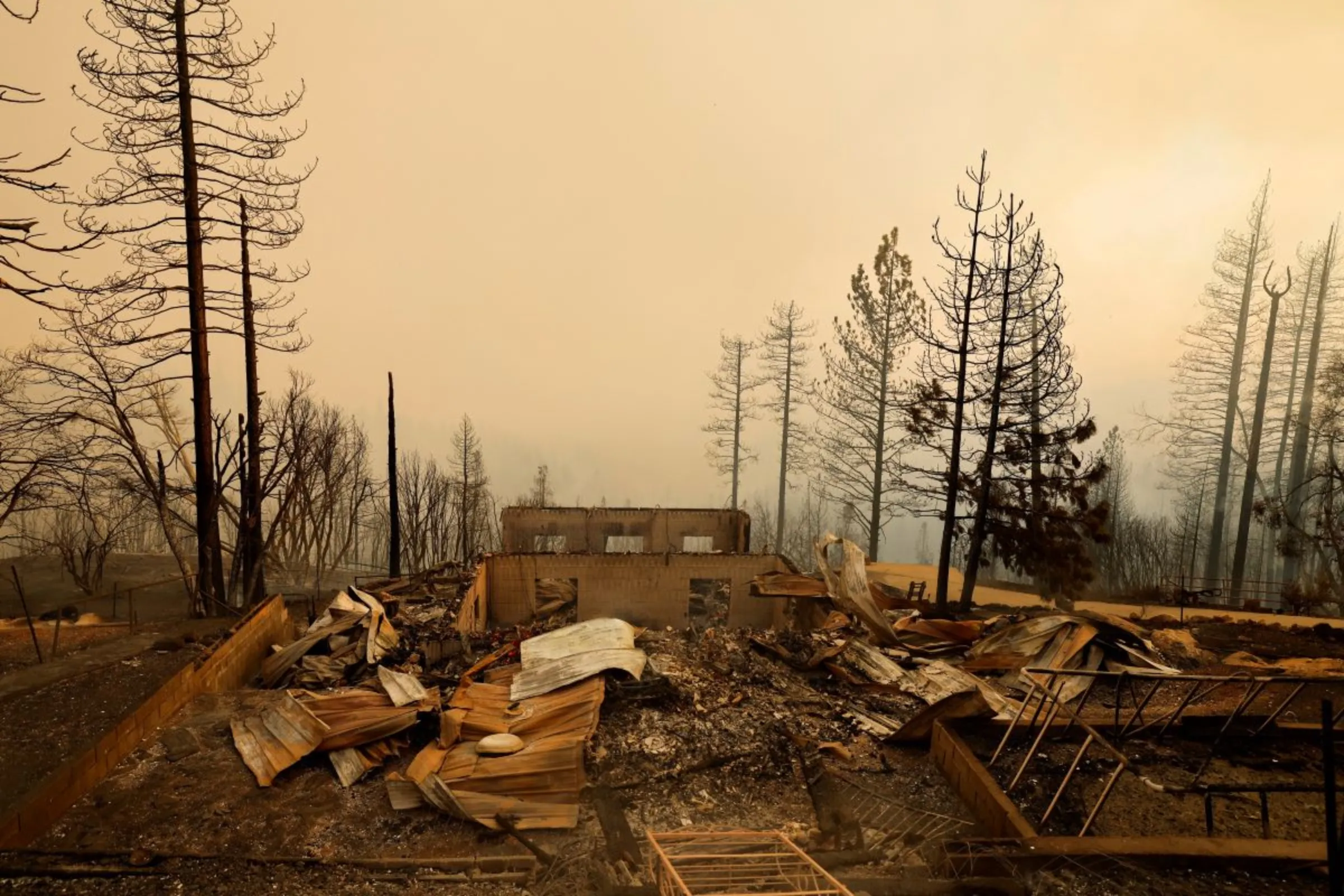Q&A: How a small Indian state overcame parametric insurance hurdles

Johnny Ruangmei, Joint CEO, Nagaland State Disaster Management Authority, Government of Nagaland poses at the Constitution Club of India in New Delhi. April 23, 2025. Bhasker Tripathi/Thomson Reuters Foundation
What’s the context?
As countries face challenges using parametric insurance, a small Indian state found success by taking control of the process.
NEW DELHI - As climate-fuelled disasters become more frequent and intense, companies and countries are experimenting with new models of insurance and financial help to manage risks and losses, among them, parametric insurance.
Parametric policies pay out a pre-agreed amount if certain parameters, such as rainfall or wind speed, are met, if damage has occurred. This allows for quicker payouts without needing damage assessments.
India is a host to variety of experiments with parametric insurance, from protecting outdoor workers' wages during heat waves to protecting farmers' income from low milk yields due to heat stress.
However, many parametric pilots in India and elsewhere face a similar challenge - the insured do not get compensation when losses occur, but parameters are not met.
Nagaland, a climate-vulnerable state in eastern India, faced this challenge while piloting the tool to protect losses from high rainfall between 2018 and 2020. It found a solution that led to the first-ever payout this March.
Context spoke to Johnny Ruangmei, joint chief executive officer of the Nagaland State Disaster Management Authority, about the tool and its efficacy in building climate resilience.
What did you do differently to make the parametric insurance work for Nagaland?
The most important learning was that we needed to set our own parameters that will trigger insurance payouts and not let insurers dictate this.
So, in the next phase, we figured our own thresholds. For example, we wanted the first partial payout to trigger if the rainfall touches 1500 millimetre (mm) in a region, and a full payout as soon as the cumulative rainfall reaches 2200 mm during monsoons, June to October. Similarly, we created thresholds for non-monsoon months, November to May.
We created a term-of-reference (TOR) with our conditions that mentioned our thresholds and that we will not work with private data but only with the data from Indian Meteorology Department and the data from our own automated weather stations.
With these terms we went into the open market inviting bids from insurers. Almost all insurers in India participated, and we selected our current insurer State Bank of India General Insurance Company, and our reinsurer is Munich Re, a global reinsurance company based out of Germany.
We hit a milestone when our first payout was triggered in March 2025 totalling over Rs 1 crore ($117,171) for the 2024 monsoon.
So, the bidding process was the most vital change that worked for us. It put us in control of all parameters.
What is the role of tools like parametric insurance in creating resilience against climate change in vulnerable regions?
Whenever a disaster hits a region, impacted people receive a financial relief from state and national disaster relief funds. But often this relief amount is too small to cover all losses, and the disbursement also takes time.
So, we realised that the very purpose of a parametric insurance for us was to serve as an additional coffer.
Of course, the government is the ultimate funder and financier but this insurance serves as a tool that reduces burden on exchequers.
Now that you have figured how to make parametric insurance work for Nagaland, what are your future plans?
We are going to continue our current disaster parametric insurance and launch a new one to insure our agriculture losses from climate change.
In Nagaland, the agriculture system is very different from other states in India. We use a practice known as shifting cultivation, where we clear a land parcel for terrace cultivation for a limited period before moving on to a next spot. This practice is very time- and rainfall-sensitive.
If there is too much rain, it gets washed away. If there is no rain, our plants will not produce. So we are developing a parametric solution that will insure against crop losses from both ... and you can do that only with parametric insurance that provides you with this flexibility.
($1 = 85.3450 Indian rupees)
(Reporting by Bhasker Tripathi; Editing by Ellen Wulfhorst)
Context is powered by the Thomson Reuters Foundation Newsroom.
Our Standards: Thomson Reuters Trust Principles
Tags
- Extreme weather
- Adaptation
- Climate solutions

















